Equipment
2014 Iron shaft shootout: Top-rated steel and graphite iron shafts get put to the test
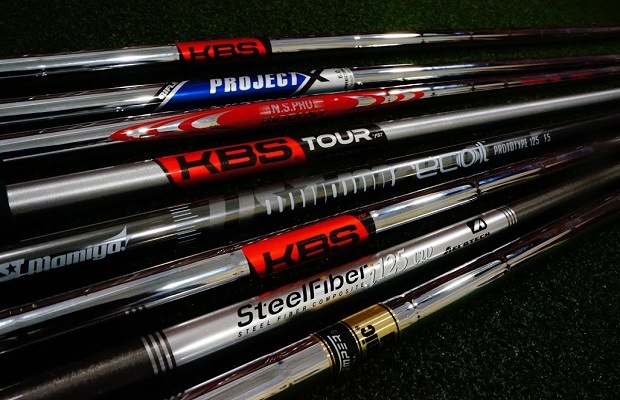
Iron shafts are the forgotten younger sibling of the golf shaft family. Where’s the love?
Most of the avid golfers we see in our shop will spend hours combing WRX forums, reading various reviews, asking questions and trying out countless different options for their new driver shaft. For some reason, these same golfers simply don’t pay attention to the shafts that go into their irons, even though there are typically at least eight of them in their bag versus just one driver. Too many golfers use the same iron shafts they’ve been gaming since the last time they were fit (usually at a demo day, a couple of sets ago) or use whatever might come as stock.
Although you surely don’t fall into this category, you might have a friend or two that does. So to help, we did data-driven, head-to-head comparison of several of the top iron shafts for better players. Our findings indicate that everyone should take a fresh look at what shafts should go into their next set of irons. Putting the wrong shaft in one club can show up on the scorecard. Now imagine having 7 to 10 shafts that don’t match your swing. It’s not a pretty picture.
As we began the test, I didn’t think any single shaft or shafts would surpass the others in total performance. Instead, my hypothesis was that certain shafts would distinguish themselves in one or two areas and potentially fall behind in others. For example, the longest shaft would likely be the least consistent.
Testing Procedure
For each shaft in our test, I asked four low-handicap golfers (-2 to a +2) to take five shots with a 4 iron and PW with a stiff-flex shaft using Mizuno JPX-825 Pro iron heads for each shot. We threw out obvious mishits, but included slight misses as they’re part of the game. A shaft’s performance must be measured by how misses are managed. The number of excluded shots was low and very consistent across the shafts, however, indicating that these were caused primarily by a swing issue and not a result of the shaft.
We used a Foresight GC2 launch monitor to track all the results. The order we hit the shafts was random and the shots were broken into three different hitting sessions to ensure that fatigue didn’t skew any numbers.
Here are the shafts we used in our testing:
- Aerotech SteelFiber 125S
- KBS C-Taper 120S
- KBS Tour 120S
- KBS Tour-V 110S
- Nippon N.S. Pro Modus 120S
- True Temper Project X 6.0
- True Temper Dynamic Gold S300
- UST Mamiya Recoil 125S
We tracked the average ball speed, launch angle, backspin, carry distance, carry deviation, decent angle and distance offline.
4 iron
Pitching Wedge
Research findings
Shafts perform differently for different golfers. All the shafts performed well, however, and if you spend any time looking through the data you’ll see that the single biggest finding is that my original hypothesis was wrong. On average, there are very limited performance differences between shafts when data from the four golfers is averaged. Yes, there are some minor variances, but given the sample sizes we cannot conclude anything definitive.
The real variations come when we look at how each shaft performs for individual golfers*. Take the Aerotech SteelFiber performance for Golfers A & B from the table below.
For Golfer A, the SteelFiber was his longest 4 iron and flew nearly 7 yards more than his average carry distance. It was the shortest shaft for Golfer B, however, and 6 yards below his average. The only way to ensure you’re playing with the best shafts is to go through a thorough fitting where you’re able to hit several options, ideally with the same head.
How a shaft feels should not be the first criteria used when selecting a shaft. Other than in extreme cases, it’s best not to assume how a shaft is performing, but instead rely on a launch monitor to provide unbiased data. You might be surprised how your perception of feel might be changed by performance. For example, our testers expressed concern about the dispersion with the Nippon N.S. Pro Modus 120S and UST Recoil 125S shafts. The numbers show that the dispersion for both shafts were right in the middle of the pack. Feel is best used as a final decision when two shafts are performing very similarly. Here is the summary feedback on feel:
- Project X 6.0: An incredibly stiff, solid feel. Not much in terms of the shaft loading/unloading and what the ball is doing at impact.
- KBS Tour: Lots of feel throughout the swing as the shaft flexes. It feels like it “pops” at impact. Also, it feels more flexible than it actually is.
- Nippon N.S. Pro Modus 120: Incredibly smooth-feeling throughout the swing, a definite favorite. Only concern is if the shaft too soft and distance and offline consistency are sacrificed.
- UST Recoil 125: Feels very good with a lot of pop, like a KBS Tour on steroids. Despite being graphite, it feels very stable and many would play them. Testers knew when and where misses were, but the feedback wasn’t harsh.
- KBS C-Taper: Heavy and stable, a cross between the Project X and KBS Tour. The weight and stability feel good, but the ball doesn’t jump off the face.
- Aerotech Steelfiber: The Recoils feels nice off the face, but the SteelFiber feels more stable and smooth throughout the swing. It really feels like steel.
- True Temper Dynamic Gold S300: Feels like home, very familiar.
- KBS Tour-V: Very smooth, but light and flexible. It would take a while to get used to the lighter weight.
Both the Recoils and SteelFibers limit harsh, negative vibrations on mishits, but still feel solid throughout the swing and at impact. The shafts provided enough feedback that the players could control ball flight and knew where exactly they hit it on the face. Graphite performs, even for very good golfers. Living in Hilton Head, I got a front row seat for Matt Kuchar’s win with a set of SteelFibers.
Despite being doubters before the testing, all of our testers indicated they would strongly consider both high-end graphite options for their next set of irons. The feel feedback indicated the Recoils could be felt loading and unloading during the swing more than the SteelFibers and provided a “pop” at impact. The SteelFibers felt stable like steel throughout.
Note*: In this study, we attempted to correlate shaft performance differences with differences in the golfers’ swings. We were unable to do the correlation as a result of our limited sample size.
Conclusion
The original purpose of this testing was to provide a data-driven guide to help better players select what shafts to put in irons. As with much in golf, my research findings didn’t turn out quite that simple.
What this testing really proves to me, and hopefully for you, is that everyone can really benefit from taking a fresh look at what they’re playing and do a thorough fitting. What you are playing may not be the optimal shaft for you.
Related: Click here to see GolfWRX’s top-rated players irons and game-improvement irons picks for 2014.
- LIKE311
- LEGIT41
- WOW18
- LOL7
- IDHT8
- FLOP15
- OB6
- SHANK42
Whats in the Bag
Kevin Chappell WITB 2024 (April)

- Kevin Chappell what’s in the bag accurate as of the Valero Texas Open. More photos from the event here.
Driver: TaylorMade Qi10 (10.5 degrees)
Shaft: Project X Denali Black 60 TX
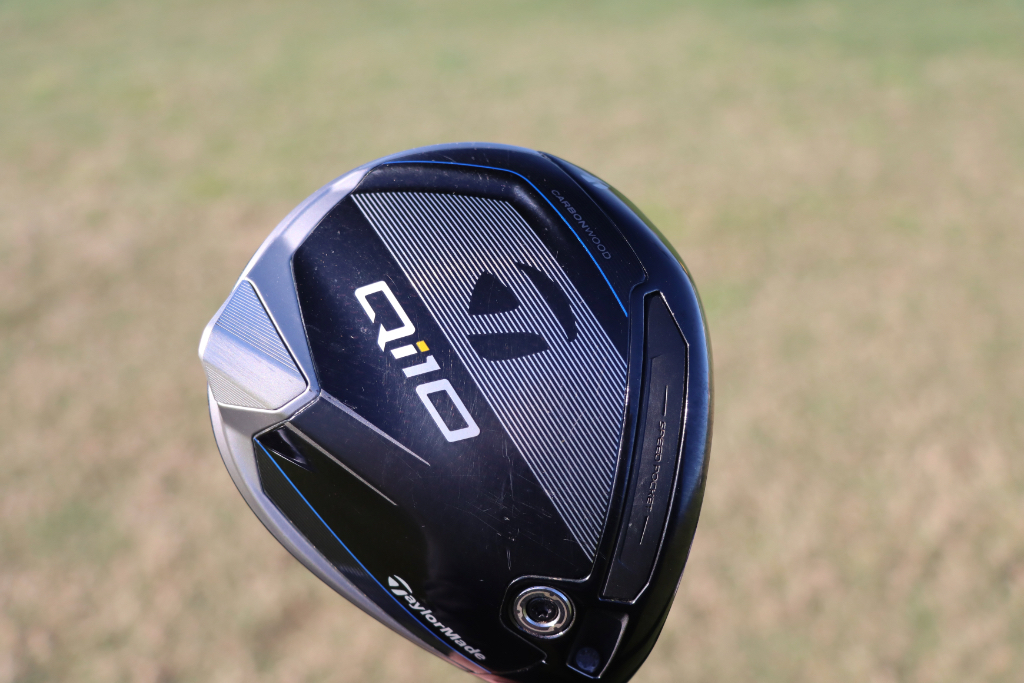
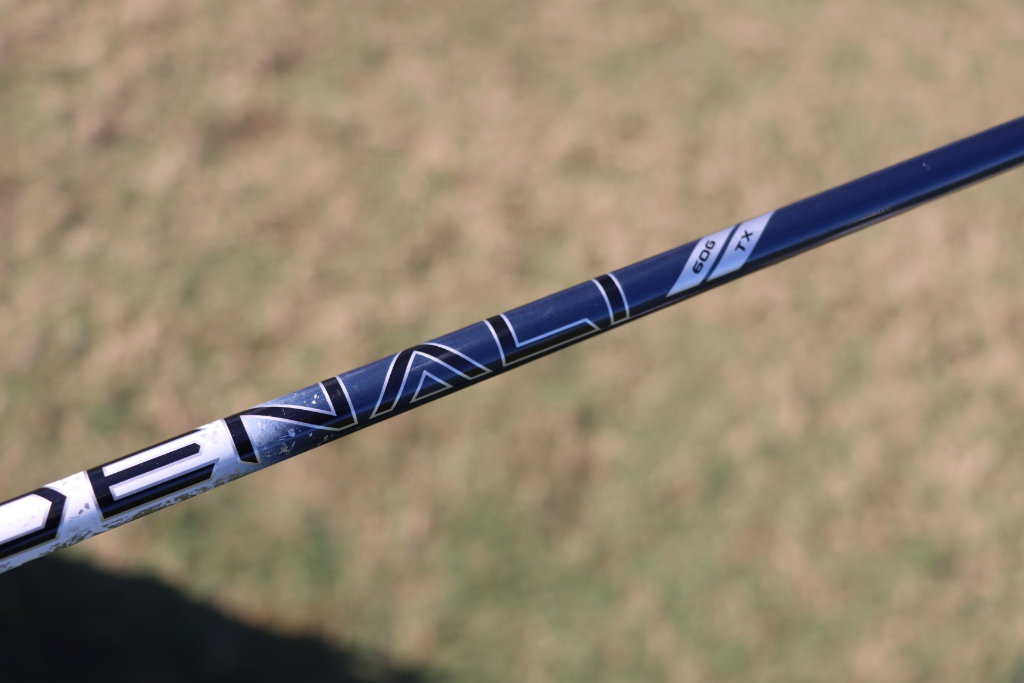
3-wood: TaylorMade Stealth 2 HL (16.5 degrees)
Shaft: Fujikura Ventus TR Blue 7 X
7-wood: Cobra King LTDx Prototype (21.5 degrees @20.5 degrees)
Shaft: Fujikura Ventus Black 9 X
Irons: Srixon ZX (3), Cobra King CB (4-PW)
Shafts: True Temper Dynamic Gold Tour Issue S400
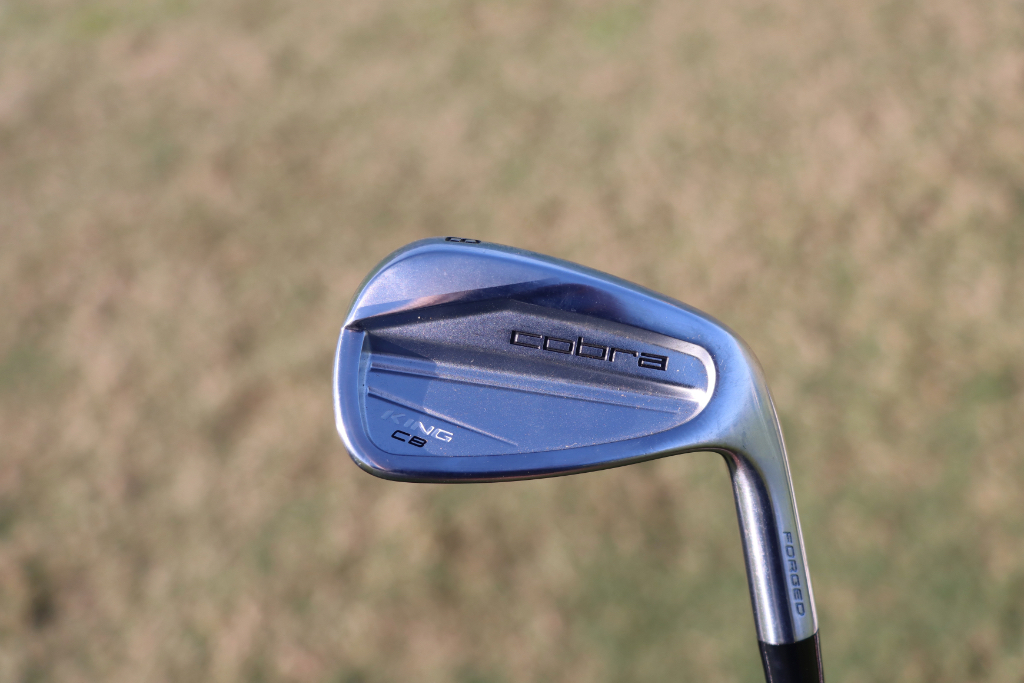
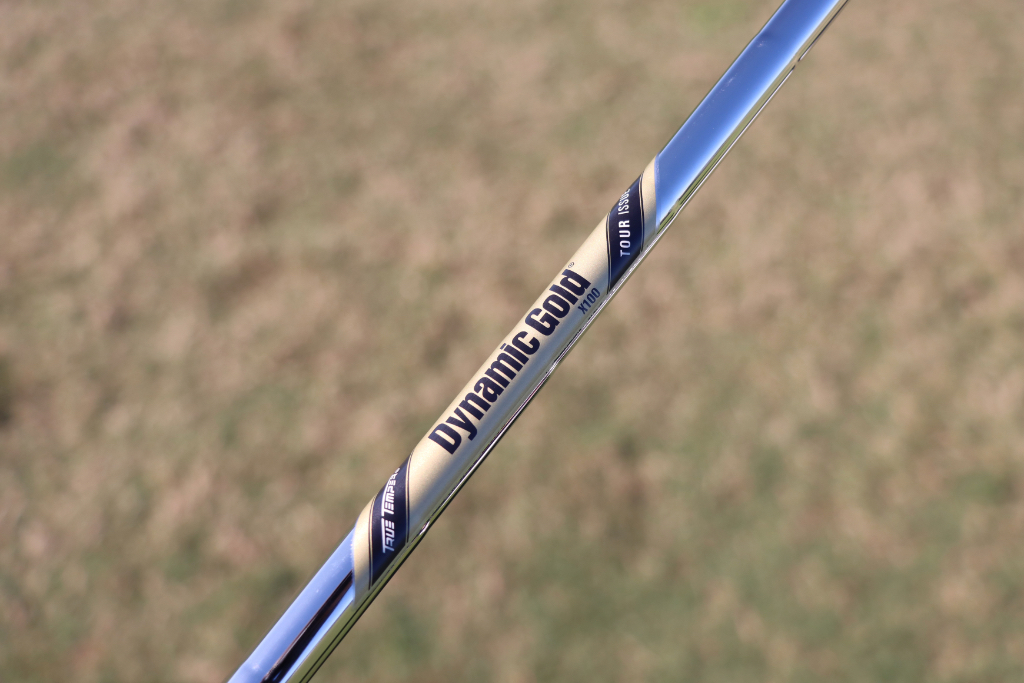
Wedges: Titleist Vokey Design SM6 (52-08F, 56-10S), Cobra Snakebite (60)
Shafts: True Temper Dynamic Gold Tour Issue S400
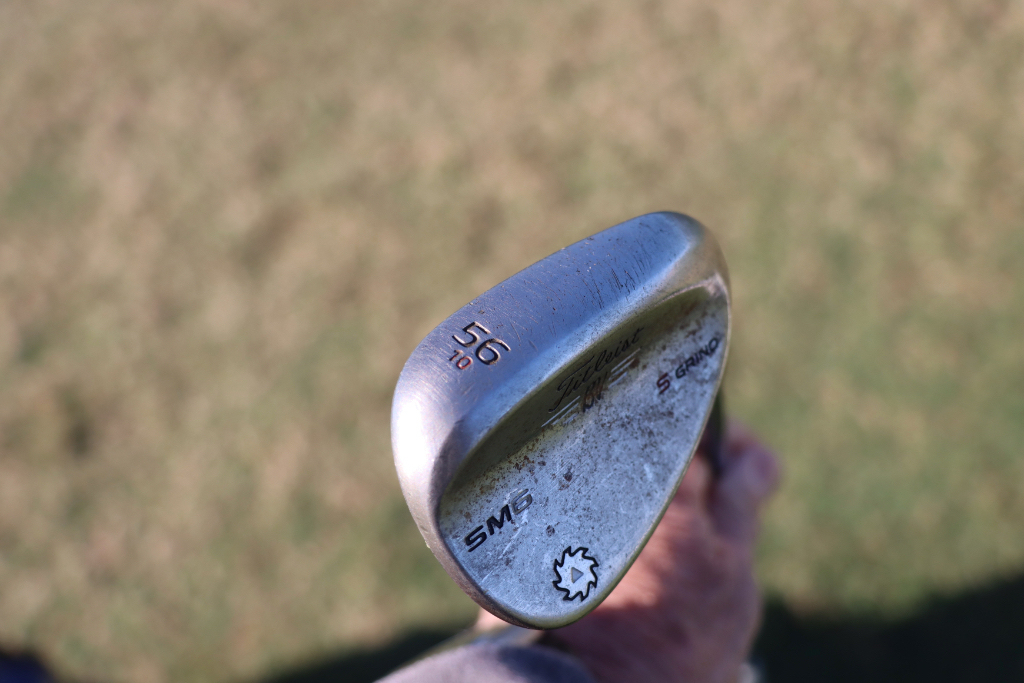
Putter: Scotty Cameron SB-2, Scotty Cameron TourType TG6.2
Grip: SuperStroke Traxion Flatso 1.0
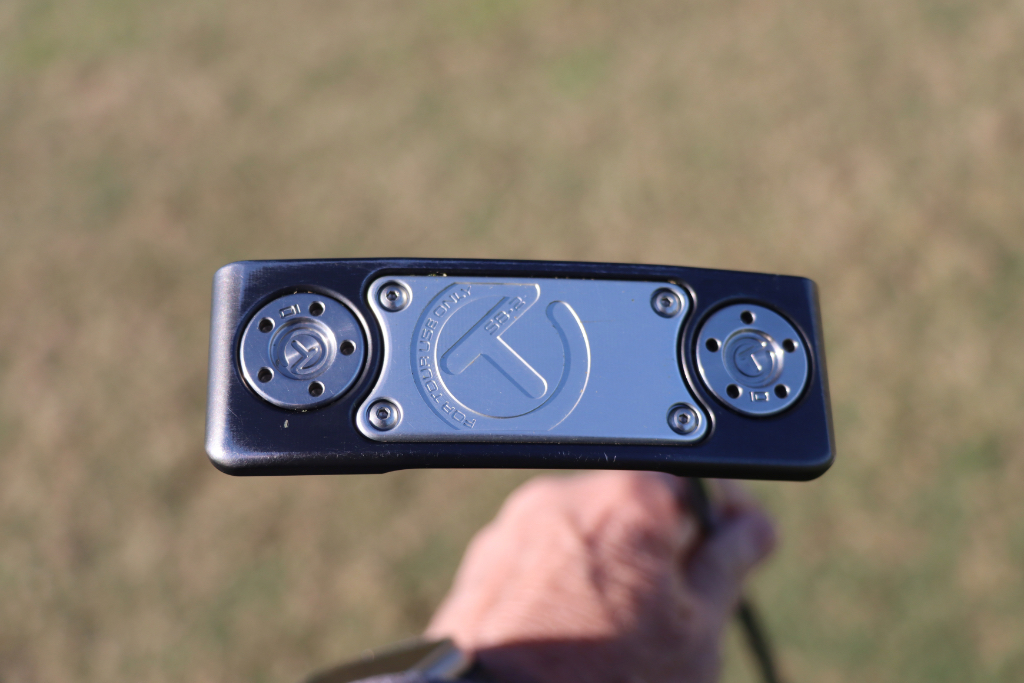
Ball: Titleist Pro V1x
Grips: Golf Pride MCC
Check out more in-hand photos of Kevin Chappell’s clubs here.
- LIKE3
- LEGIT0
- WOW0
- LOL0
- IDHT0
- FLOP0
- OB0
- SHANK0
Equipment
Spotted: Axis1 prototype broomstick putter
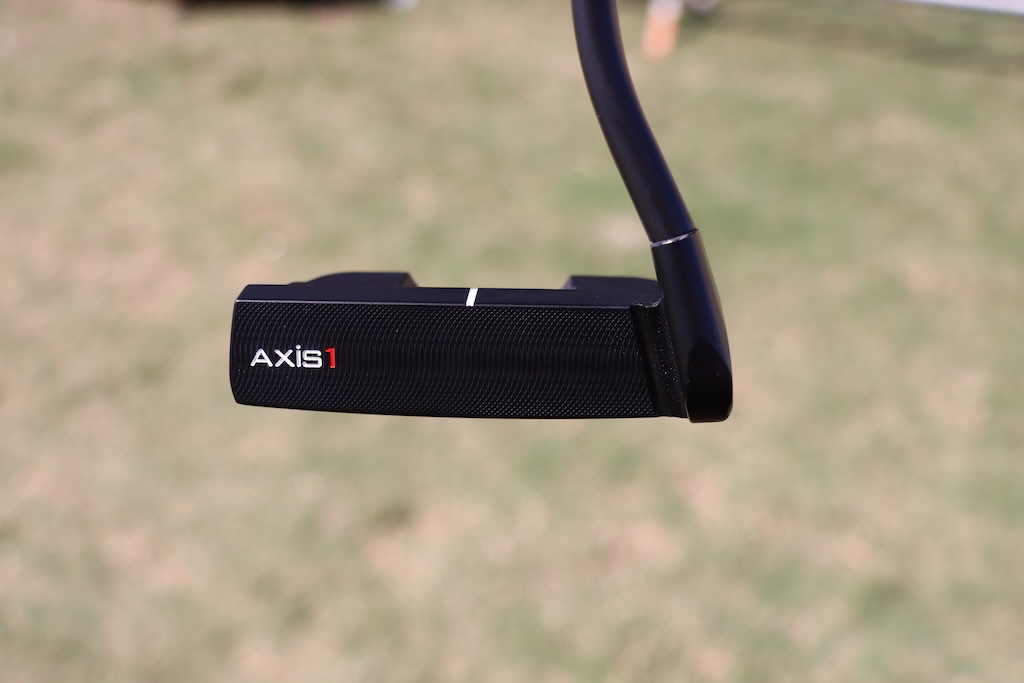
We have seen an uptick in longer putters out on the professional tours with players gravitating toward either counterbalanced or broomstick styles. As a refresher, A “broomstick” putter is a long putter that is usually built to a length that goes up to your chest. If you have seen Adam Scott putt in a tournament recently, he uses what is classified as a broomstick putter.
Axis1 might not be the most common brand in the world of putters but they have been around a while, most notably in Justin Rose’s bag.
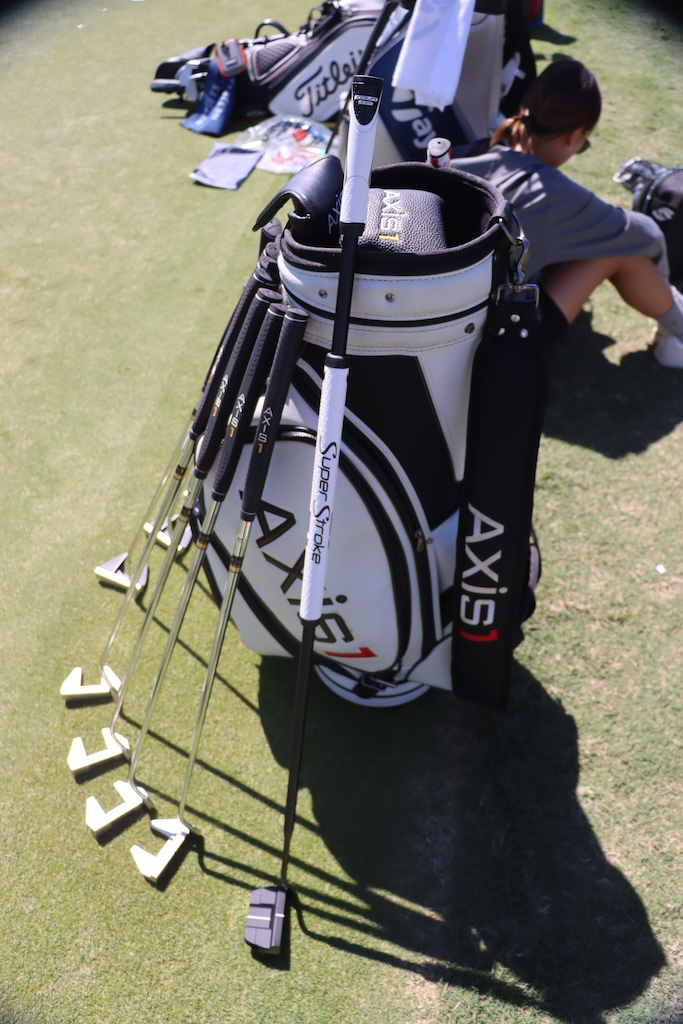
Axis1 is known for a putter that doesn’t look traditional but a design is used to get the center of gravity to the center of the club face, aligned with the shaft. This technology keeps the face aligned with the ball throughout the stroke. More traditional putters rotate around the shaft axis, which doesn’t align with the center of the putter, making it easier for the putter face to not be square to the target at impact.
This week at the Valero Texas Open, we spotted a prototype Axis1 putter in a long broomstick version. The head shape looks very similar to the current Axis1 Tour-HM putter that the company currently makes, which is a more squared-off mid-mallet. The prototype looks to have a similar multi-material head with a 304 stainless steel face mated to a composite back. Twin site lines run together, on the topline and on the flange, to create a longer line for aligning the putter. The steel face has a fairly shallow milling to it, and the flowing heel hosel connects to the aggressive shaft bend.
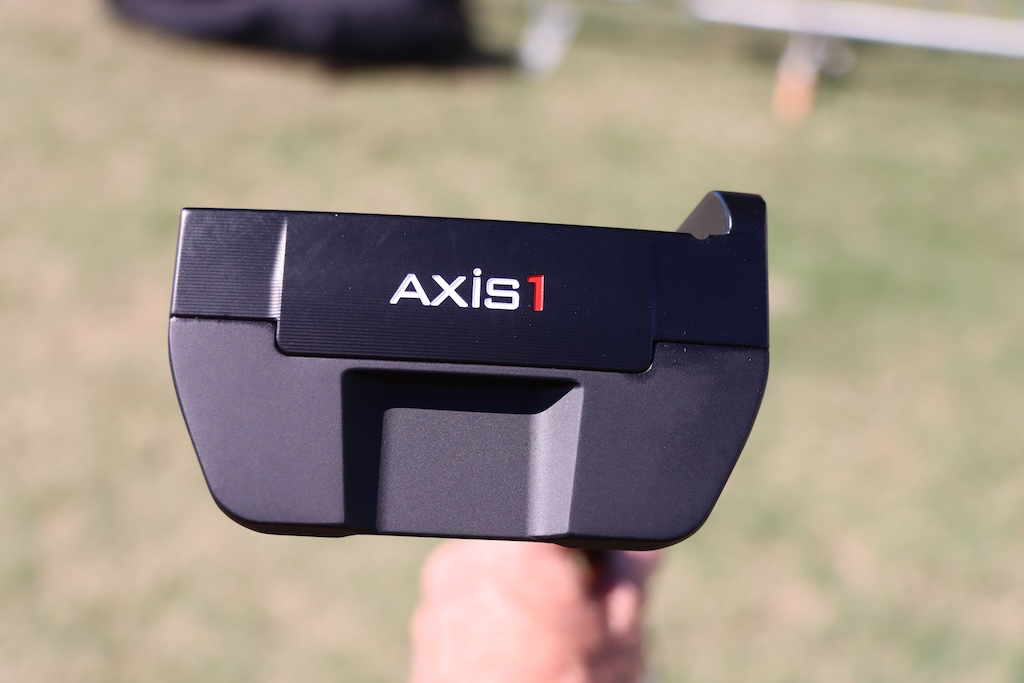
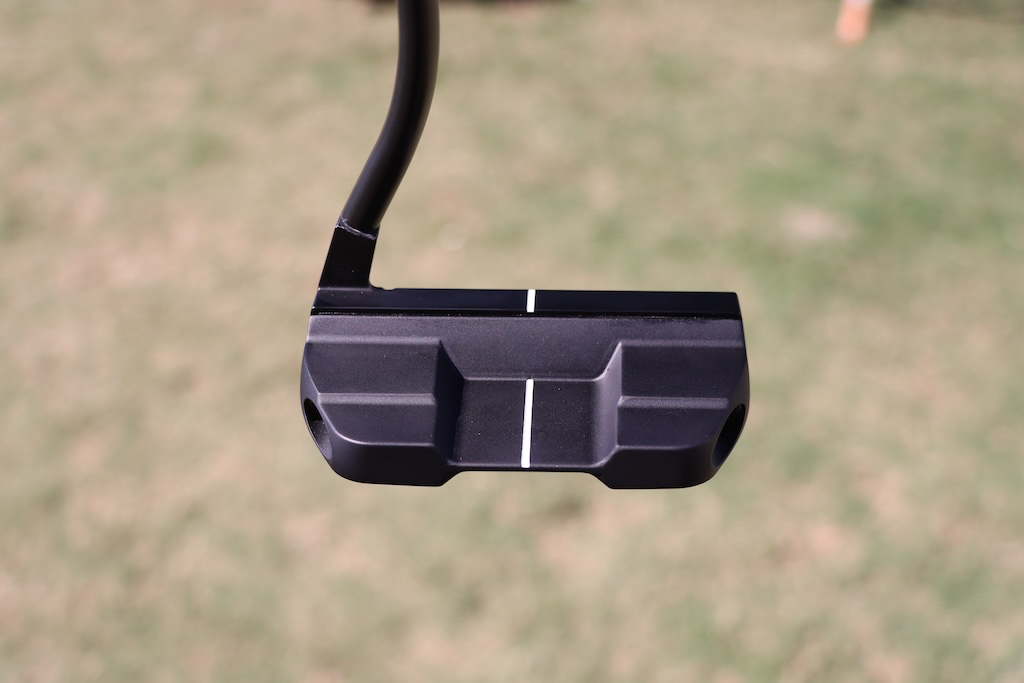
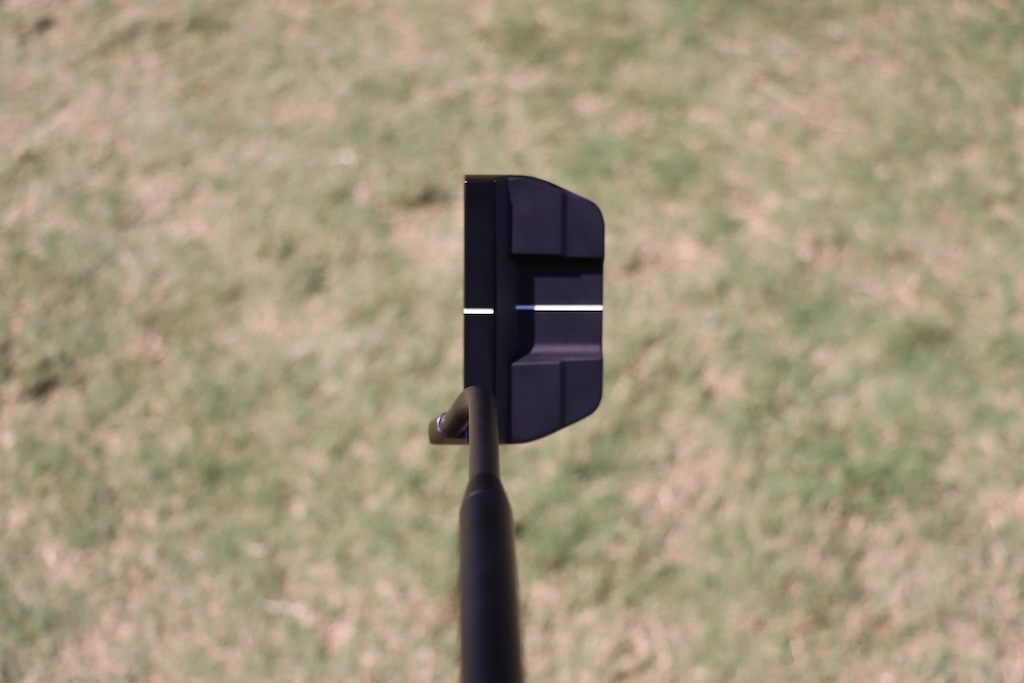
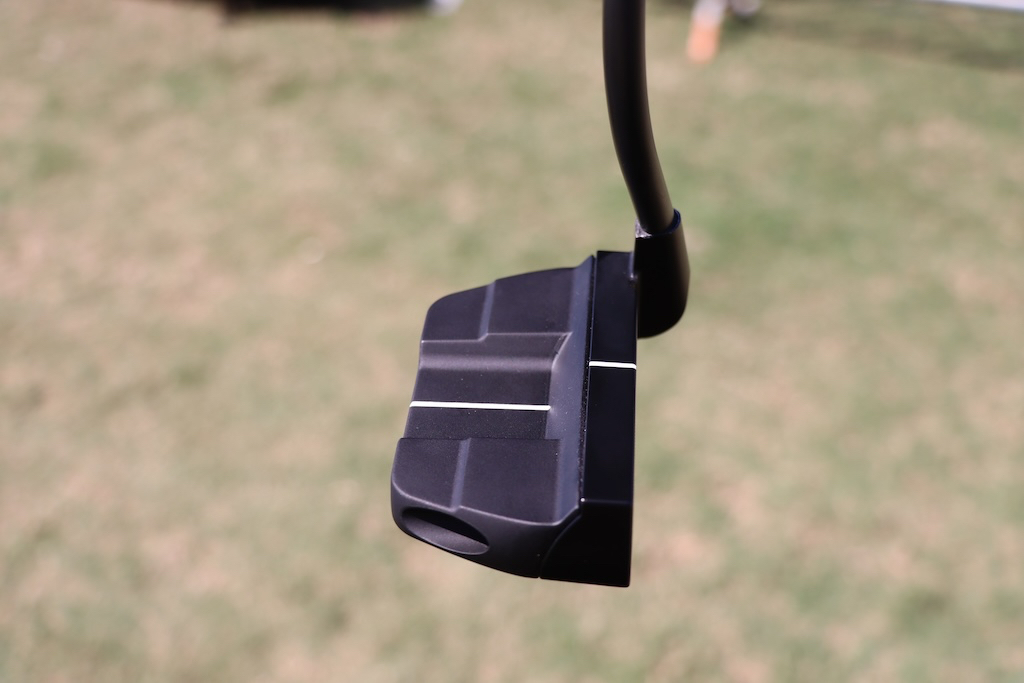
A matching black shaft is installed, and at the grip end is Super Stroke’s Zenergy Tour 1.0 two-piece in white and black. No word on if or when this will come to retail yet.
- Check out the rest of our photos from the 2024 Valero Texas Open
- LIKE7
- LEGIT1
- WOW3
- LOL0
- IDHT0
- FLOP0
- OB0
- SHANK3
Equipment
Coolest thing for sale in the GolfWRX Classifieds (4/4/24): Mint set of TaylorMade Qi 10 irons
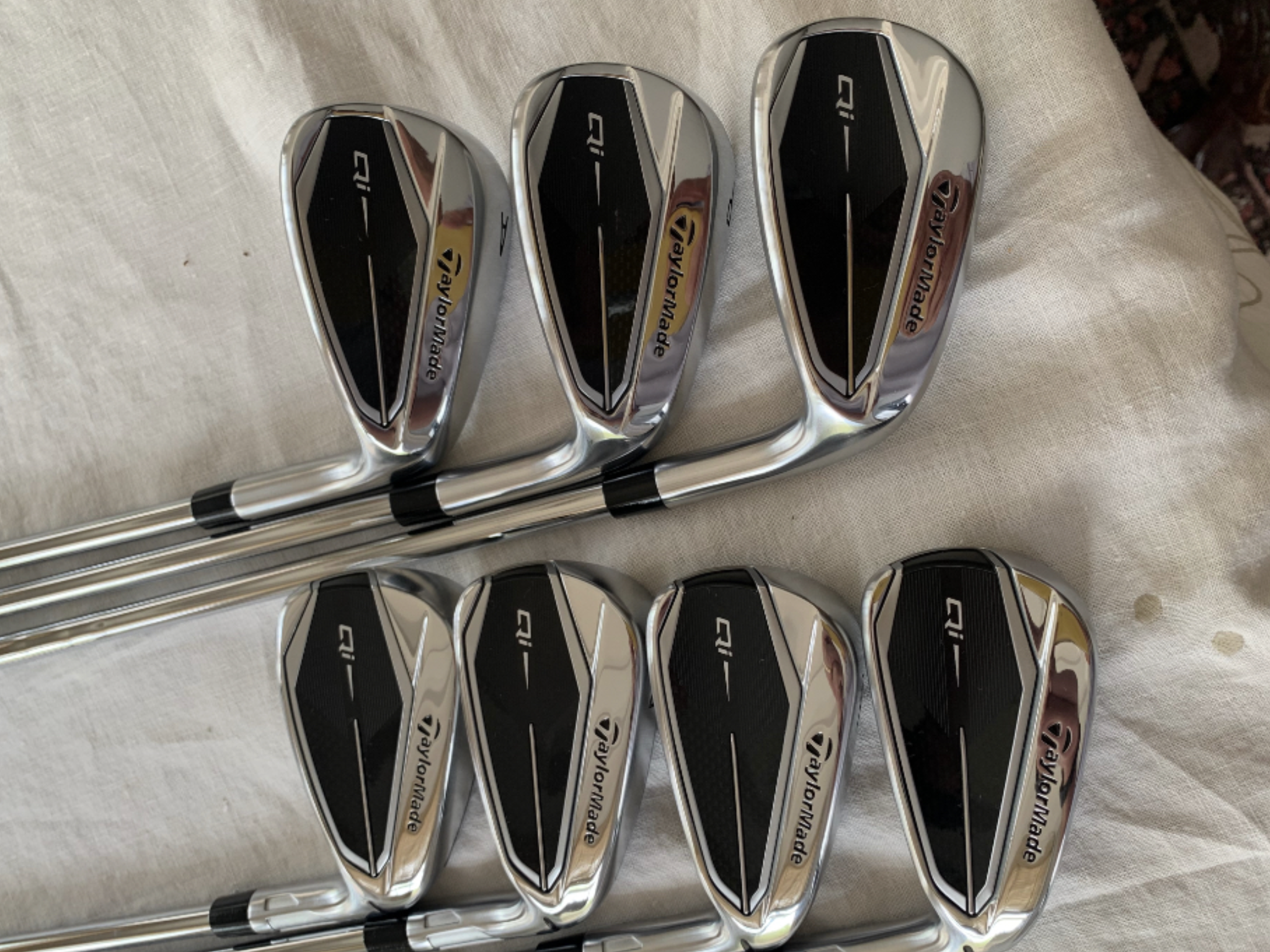
At GolfWRX, we are a community of like-minded individuals that all experience and express our enjoyment of the game in many ways.
It’s that sense of community that drives day-to-day interactions in the forums on topics that range from best driver to what marker you use to mark your ball. It even allows us to share another thing we all love – buying and selling equipment.
Currently, in our GolfWRX buy/sell/trade (BST) forum, there is a listing for a Mint set of TaylorMade Qi 10 irons.
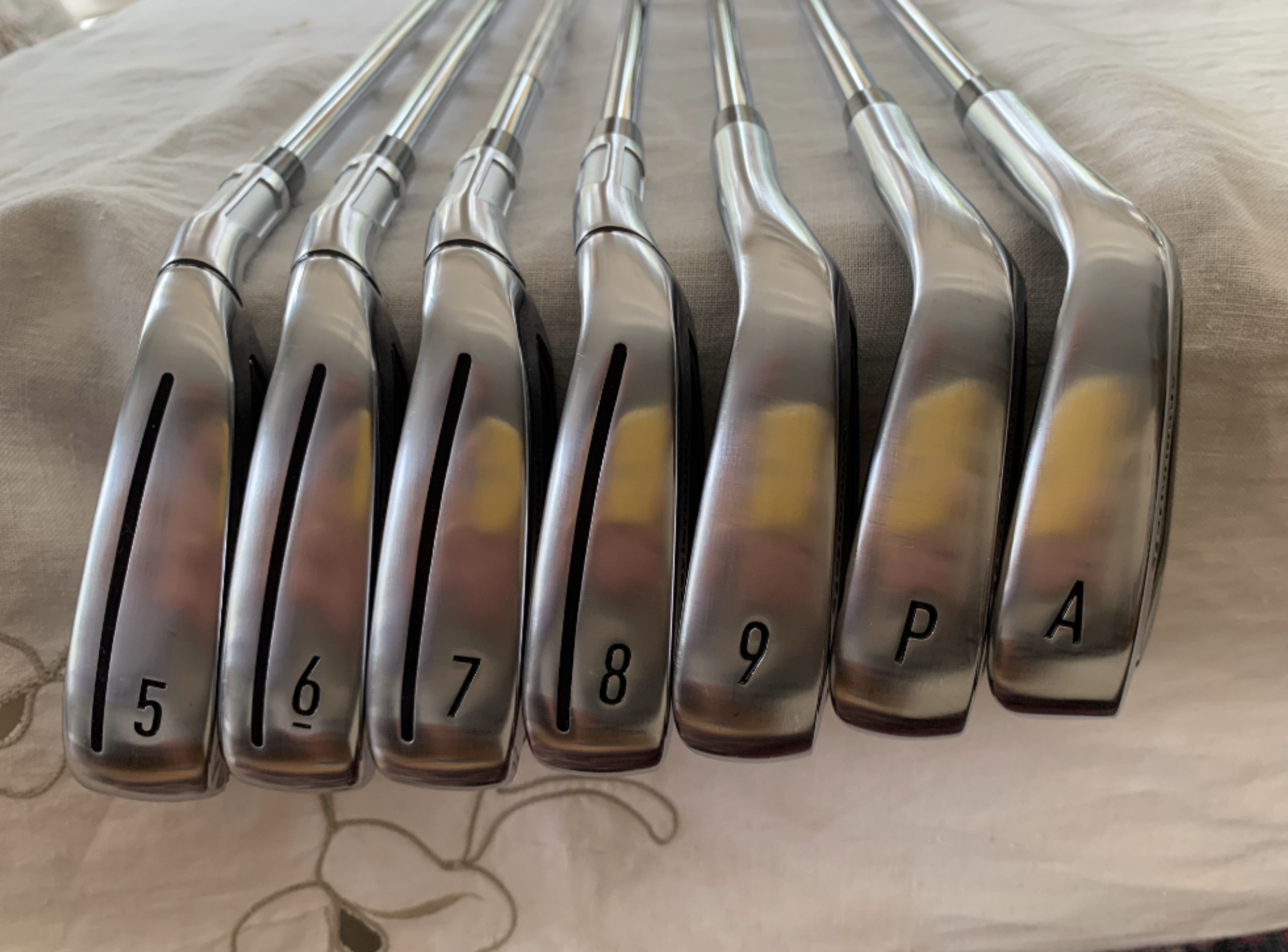
From the seller: (@ch1985): “Mint set of TaylorMade qi 10 irons 5-PW, AW (used 1 round and some range balls) with factory stiff steel shaft – $925 shipped.”
To check out the full listing in our BST forum, head through the link: Mint set of TaylorMade Qi 10 irons
This is the most impressive current listing from the GolfWRX BST, and if you are curious about the rules to participate in the BST Forum you can check them out here: GolfWRX BST Rules
- LIKE2
- LEGIT0
- WOW0
- LOL0
- IDHT0
- FLOP0
- OB0
- SHANK0
-
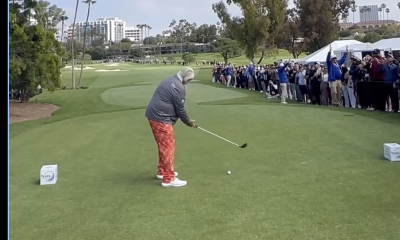
 19th Hole2 weeks ago
19th Hole2 weeks agoJohn Daly stuns fans into silence with brutal opening tee shot on PGA Tour Champions
-
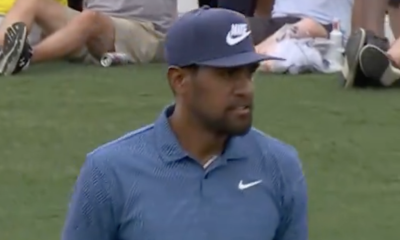
 19th Hole4 days ago
19th Hole4 days agoThings got heated at the Houston Open between Tony Finau and Alejandro Tosti. Here’s why
-

 19th Hole2 weeks ago
19th Hole2 weeks ago2-time major champ announces shock retirement from the sport at age of 33
-

 19th Hole16 hours ago
19th Hole16 hours agoReport: Tiger Woods has ‘eliminated sex’ in preparation for the 2024 Masters
-

 19th Hole2 weeks ago
19th Hole2 weeks agoEdoardo Molinari reveals the latest PGA Tour golfer to turn down ‘good offer’ from LIV Golf
-

 19th Hole2 weeks ago
19th Hole2 weeks agoCharlie Woods finds it tough going on American Junior Golf Association debut
-

 19th Hole3 weeks ago
19th Hole3 weeks agoScottie Scheffler had an interesting response when asked how he ‘quiets the noise’ following Players victory
-

 19th Hole2 weeks ago
19th Hole2 weeks agoJon Rahm dealt fresh blow to hopes of qualifying for 2025 Ryder Cup

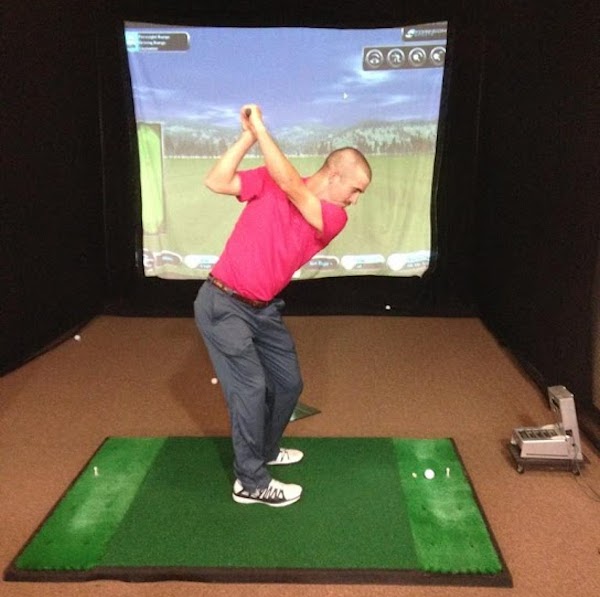





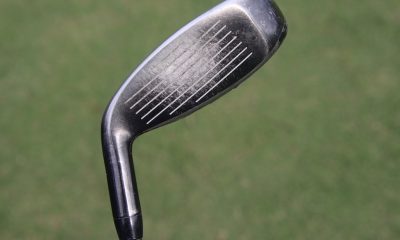

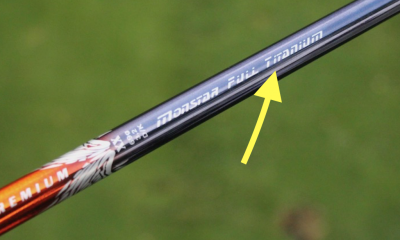

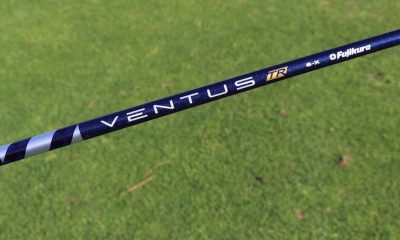

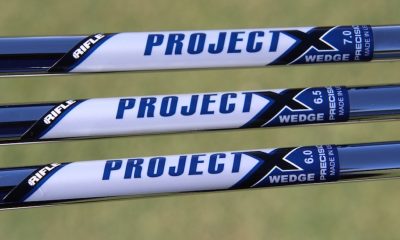

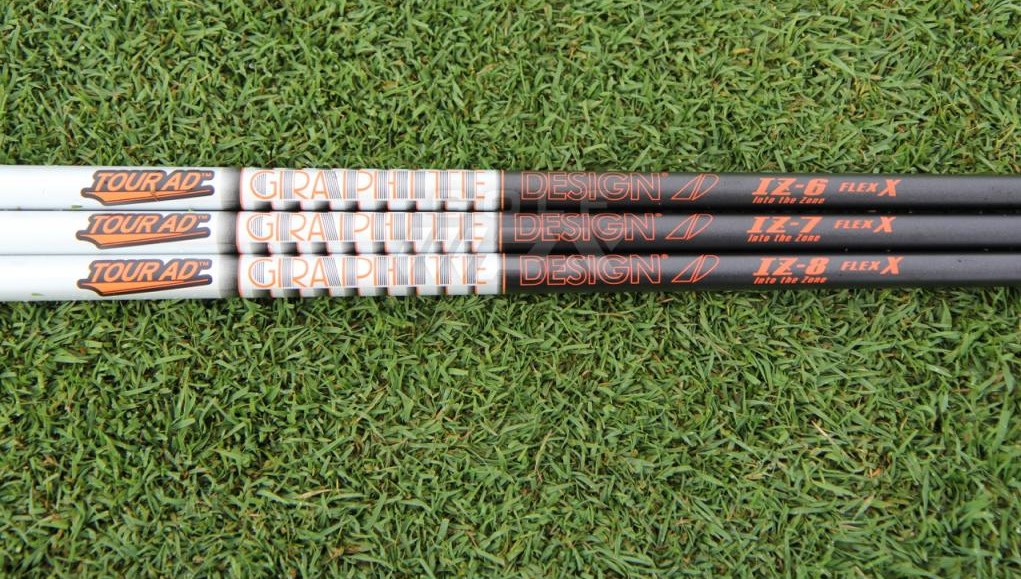
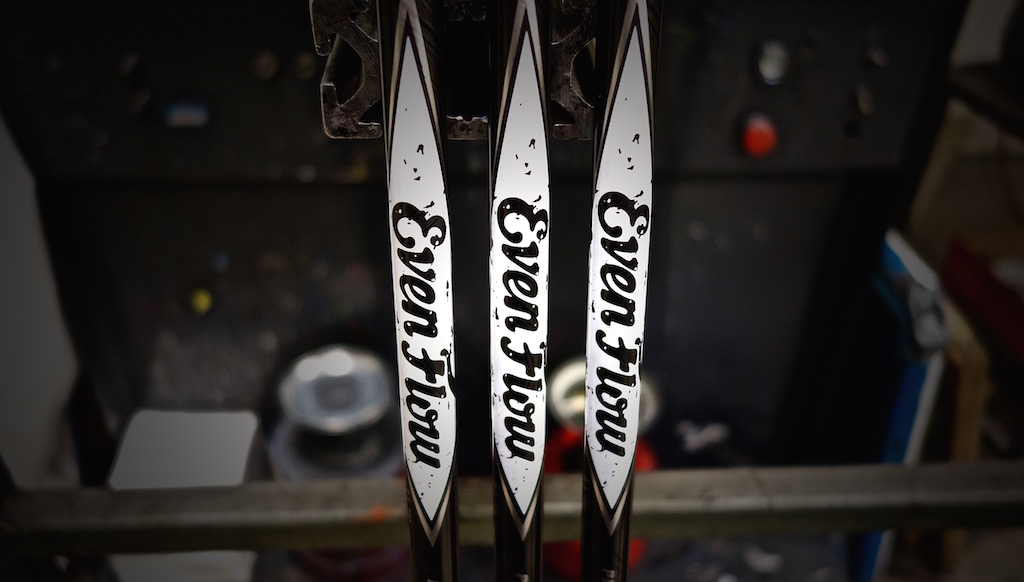









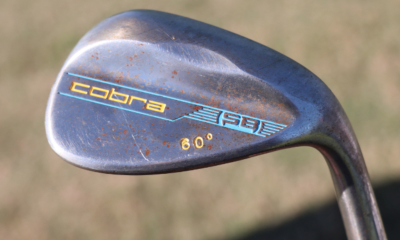

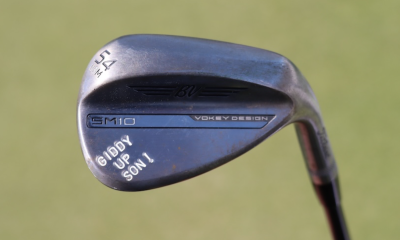

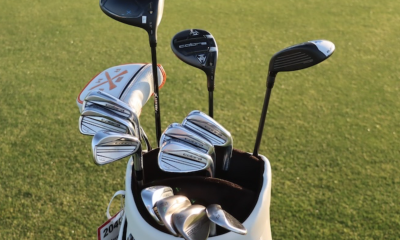

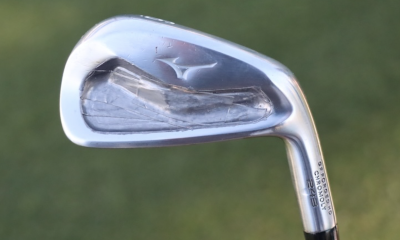

Gerald Teigrob
Jun 25, 2018 at 5:08 pm
Having seen success in graphite shafted irons in the past, I am feeling like a little kid now with the Bio Cell Black irons in stiff graphite. I switched to graphite from steel in the early to mid-90s and noticed significant improvement and a greater confidence in my game. I figure that now with the Black Bio Cell irons I will see more improvement immediately and can work from there into the steel shafted irons. But at this point, there’s no rush! So knowing how things went based on past experience, this will be an exciting time for me! I can only imagine the confidence and extra length that comes with such a switch will work very well in my favor!
James
Jan 29, 2015 at 2:40 am
I am low single figure handicap, 55 yrs old and still have driver ss of 118. Iron play is my strength and have change shafts a few times, X100, C taper, KBS tour, Steelfiber i95 and now, Nippon Pro Modus 120. I play Mizuno MP 63 irons. for my game I find that the Nippon Pro Modus 120 is a great fit, I had them custom fitted and lofts and lie angles done as always. Dispersion is no problem and I find the slightly higher launch angle a great help. My home course is in the mountains so we have a lot of alleviation changes and wind. In the wind I can still hit it low and uphill shots to greens are fantastic. In my view people change clubs to often as every small change takes time to adjust to. My Driver is a D3 910 Titleist with custom vir Accra shaft. I see now positive improvement in changing to one of the newer models. I agree, with the test results, Find the shaft that works and stick to them. I tried the C Tapes and for me they where a disaster. I still have a set of MP 62 with the Steel fibre shaft. I play them in winter and they are my second choice. Enjoy and play well all good people
Straightdriver235
Jan 19, 2015 at 12:58 pm
With graphite shafts there is a learning curve, where you have to dial them in, whereas with steel, generally you don’t other than adjust to the weight–there’s some difference in feel and trajectory, but not near as much. I’m of the opinion that graphite can work well, but some might give up after one or two rounds with them. I’ve got the right graphite shaft, which is a GDI, I feel now I’m pretty consistent with the irons after working through what they can and cannot do in regards to working the ball, trajectories, common miss errors, adrenaline highs and lows throughout the round, etc., the learning curve with graphite is definitely sharper. Add the expense of graphite, and regular golfers won’t go to them.
Pat
Dec 2, 2014 at 3:47 pm
Used to play the C-tapers in S+ hard stepped once. It was the best shaft for my 120mph driver swing with hard, aggressive transition. Flight was nice and low and spin was very low. Dispersion was also the best. I absolutely hate PX shafts. Very harsh and excessive vibration. I hooked the crap out of the PX 6.5 shafts I had very briefly and broke my hand. Currently gaming the Recoil proto 125 F5 shafts. Very glad I made the switch from the c-tapers. Dampens vibration, feels great and gives me a slightly higher launch and a little more spin. I was shocked how great composite shafts could be when I tested them. I will be gaming the recoil protos for a long time.
Pingback: Dynamic Gold X100 Swing Speed Radar Launch Monitor | Golf Swing Tips
Ryan
Aug 6, 2014 at 8:31 am
You guys have an F5 recoil in the test picture. F5 is x flex. In the story it says s flex.
tyro
Aug 5, 2014 at 10:53 am
I’ll add to the Steelfiber praise. I’ve been plagued by joint and bone issues since I started playing just 2 years ago. The Steelfiber i95s are the easiest on my body by far. I’m going to have them put in my main set now and I’m very excited to see the difference. They lack nothing in terms of feel, though if you are used to an S400 or X100, the weight might take a little getting used to.
I LOVE S400’s in my wedges though!
tlmck
Aug 1, 2014 at 4:08 am
I was fitted with S-300, but opted for X-100 for the feel and tighter shot dispersion. There was no distance difference. I got better distance with KBS Tour, but just could not control the spin. For me, the KBS not only felt weaker, but played weaker as well. PX 6.0 also worked well, but just did not have the “thump” of the x-100. PX 6.5 just plain felt weird. Never tried any of the others.
adam
Jul 29, 2014 at 4:18 pm
These are results that are for scratch golfers. A 10-20 HDCP may love the Recoils but hate the Steelfibers, or vice-versa. You must get fitted when your swing is at it’s best (end of the season) regardless of your handicap. I’m a 10 and love the Recoils, X100’s and the modus120’s. It’s all about your own preference. Just because someone has the same S.S. does not mean he will love the same shafts as you. People: just get fitted at the proper time and you’ll know which shafts work best FOR YOU. Drastic difference for me when I was fitted. I was playing R300’s and now I game Recoil 680’s in an “X” flex. Wow, what a difference a fitting makes. Never would’ve thought my SS would tell me to get x stiff iron shafts but they have made a heck of a difference in my iron game. Kudos to moderngolf.
Pat
Dec 2, 2014 at 3:49 pm
Shafts don’t care what your handicap is. Someone could be an excellent ball striker with a very high swing speed but also have a really bad short game. They could be an 18 handicap as a result. When picking a shaft, what matters is swing speed, feel, angle of attack, launch angle and spin, NOT HANDICAP.
Joe Golfer
Jul 29, 2014 at 1:14 am
I always wonder how the flex will feel in comparing the same listed flex of a steel vs a graphite shaft.
With old woods that had steel shafts, I always found the comparable flex shaft in graphite to be whippier.
Even with older model irons, the graphite shafts available were whippier than steel of the same flex, although those were stock graphite shafts of the OEM’s and not premium (and expensive) aftermarket graphite shafts.
Bob Pegram
Sep 30, 2015 at 6:35 pm
Graphite shafts 15 years ago were not nearly as consistent as steel shafts. That variability went away a number of years ago as graphite shaft quality control became better and better. Also, some golf club companies cheat on their shaft flex markings. Callaway did it first, marking senior shafts as Regular, Regular shafts as stiff, etc. That way guys who were aging, but vain, could brag that they still used the same flex shaft as they alway did. You won’t find that “cheating” with good quality after-market shafts like the Aerotechs or Recoils. They are the same flex as steel shafts. If the lighter shaft weight is offset be adding weight to the heads, the shafts will flex a little more, but that is due to the heavier heads weights, not whippier shafts.
Dave
Jul 28, 2014 at 8:50 pm
Has anyone hit the new Loomis iron shafts. All I can say is unbelievable. Hit a demo #6 iron and my launch angle and spin were the same as DGS300 but increased ball speed by 3 mph. The feel and how straight I hit the Loomis was what caught my attention.
Tony
Jul 28, 2014 at 6:04 pm
Why no PXi’s??
Swifty
Jul 28, 2014 at 2:22 pm
I have three sets of clubs: TM320s withGrafalloy ProLogic. TM360s with TM Lite M-70 and TM R7s with Rifle 5.5 steel. Other than weight, I don’t see much difference in either of them insofar as distance and accuracy is concerned.
Gautama
Jul 28, 2014 at 1:32 pm
I may be alone, but I find when I switch shafts I do swing a bit differently initially as my feel for the clubhead changes a bit, but it’s kind of a temporary effect and after a few dozen swings I’m back to my norm. So that shaft that was just perfect during my fitting did in fact perform better because I’m more aware of my transition tempo, for example, and strike the ball better. But once I get used to it they don’t really seem to make a huge difference. That said, I still think DGS300 is the most underestimated shaft in golf, and personally love the feel!
Russell hulse
Jun 13, 2016 at 4:11 am
Absolutely right!!
flogger38
Jul 28, 2014 at 12:36 pm
Great article and as always a thorough presentation. However, saying that, how about ratings for Joe Average, 15-21 handicap? As a senior, we need more info for us average Joe’s who don’t carry a 2-5 handicap and don’t have a 100mph swing speed.
Not a complaint, just looking for what fits me.
Thanks
cody
Jul 28, 2014 at 12:32 am
I found this article interesting. Good work! thanks. lots of negative nelle’s here that are never satisfied with anything produced. But, I think it was a good effort.
Tote bagged
Jul 26, 2014 at 12:39 pm
C taper lites are the best shafts out there hands down
Fred
Jul 28, 2014 at 12:20 pm
Agree. The C-Taper Lites were a big game improvement for me.
WarrenPeace
Aug 4, 2014 at 7:59 pm
Yep- I loaded the c-taper lites into a set of 714 ap2s and am hitting 1 club farther across the set. It took a while to adjust mentally but now I am loving it.
Bob Pegram
Sep 30, 2015 at 6:39 pm
Tote –
For you they are. Everybody’s swing speed, swing timing, release point, etc. is slightly different. What works for you may not work the best for a lot of other people. That is why custom fitting is so important. Two people with the same clubhead speed may need very different shafts if the way they got to impact is different.
Sean
Jul 25, 2014 at 8:58 pm
I have been playing the SteelFiber i95’s for a few months now. Am very pleased with them.
carl marcus
Jul 26, 2014 at 10:07 am
I have i95s waiting to go in a set of 2010 ping forged that I’ve been playing this year, (ebay for 300, haha). I love the px 6.0 shafts, but i’m 54 and having some elbow pain. I have played i110 steefibers in cb2s and liked them, but was told that by dropping over all weight will help my elbow. I hope they’re not too light, but I guess i could sell them on ebay fast as pullouts.
Maybe towards the end of the season i will throw them in, didn’t want to mess with the shafts right now, i hit these 6.0s so good. I really like the pings because they have minimum offset for a game improving iron, the new forged look like they have too much offset.
Anyway, we’re talking shafts. Any steelfibers I ‘ve hit are EXTREMELY accurate and smooth like butter. I would recommend them to anyone to try. But like every other shaft, you have to hit it. Doesn’t matter what the manufacturer says, it’s about the individual’s swing. For me, I’ve always liked PX’s. If these graphite shafts were cheaper, I’d have tried more.
Michael Curley
Jul 28, 2014 at 12:05 pm
Sean,
May I ask your handicap and approximate swing speed?
Also what shafts were you playing before the switch.
I am switching to SteelFiber soon and am still trying to determine
what is the best match for me. ( 5 handicap)
Pat
Dec 2, 2014 at 4:04 pm
Michael, your handicap means nothing in terms of fitting you for the right iron shaft. Shaft doesn’t care if you are scratch or a 30 handicap. You need to look at swing speed, feel, angle of attack, flight and spin.
Tyler
Jul 25, 2014 at 12:14 pm
This is really good stuff! I love tangible data and there isn’t enough for iron shafts. Thanks!
Homer Simpson
Jul 25, 2014 at 7:49 am
Rather have seen x100 than s300… This is Golfwrx!
Think
Jul 25, 2014 at 2:07 am
Totally useless study. Any golfer who hits down on the ball will get far more spin off of mats. Reminds me of the crappy exec courses I played that had mats (you could literally spin the ball back 15 yards). Spin is the one variable that makes no sense when looking at the shaft profiles and the above results. I also like how the carry deviation is the the same or greater in the PW vs the 4 iron. Whaaat?!
moses
Jul 25, 2014 at 12:07 am
Well there you have it. It’s no wonder the DGS300, Project X 6.0, KBS Tour and KBS C Tapers all were about the same for me in terms of performance.
Tommy
Jul 24, 2014 at 10:50 pm
What? No PING CFS shafts? Lol
KK
Jul 24, 2014 at 10:10 pm
No surprise that strong golfers performed well with S300s. Some (if not all) of them probably play X100s.
Would definitely like to see the test redone with 10-20 HCP players and AP2/G25 irons.
Chris Smith
Jul 24, 2014 at 9:26 pm
This article is nice to read, and I’m sure it was limited in size. It would be nice to see more statistics for each golfer, such as angle of attack and club head speed. I just think that more information would paint the whole picture.
Golf4evah
Jul 24, 2014 at 8:53 pm
No love for DG Pro’s ?
Lobber
Jul 24, 2014 at 7:56 pm
I went to Steel Fiber 95s a month or so ago in a set of BS DPC because I was developing tendonitis in both elbows. I was really nervous at first until I put them into play and found that my distance, dispersion and feel improved dramatically! The dispersion on the Steel Fibers is amazing and yes I can work the ball. Expensive but well worth it imo
Kevin
Jul 24, 2014 at 7:44 pm
Why would the KBS C taper have a higher launch with both the 4i and PW when it is supposed to be a lower launching shaft compared to the KBS Tour and Tour V?? Am I missing something?
Nick
Jul 24, 2014 at 9:22 pm
Because they can’t load the shaft properly and are presenting too much loft at impact instead of compressing the ball.
Brad
Jul 24, 2014 at 10:00 pm
You need to remember that all shaft testing posted by shaft companies are done using robots, its a robot function, when you ad a human being to the equation you add a sense of feel and balance that no robot has, therefore forcing different individuals to FEEL different things and in turn move the club in a different manner producing different results.
Ultimately the shaft that FEELS the best to you will perform the best as you will deliver it the best, performance comes from the Head, feel comes from the shaft, control comes from the flex…. keep it simple!!
Nick
Jul 25, 2014 at 8:25 am
It isn’t that simple, the shaft will give the player the right launch and spin. head has a little influence on the flight and spin, but in the end the right shaft will give you the best results. Go get fit and stop looking at these tests because it will tell you nothing about how you swing(tempo, load, unload etc). Mizuno has the Shaft Optimizer for a reason, and Ping is about to do the same. Keep it Simple.
JJ
Jul 24, 2014 at 7:42 pm
What’s your explanation for the C Taper having the highest launch of all the shafts? To me, it seems odd. It’s been my experience that the C Taper is lower launch than most of those other shafts. Even The KBS website has them as the lowest launch of their shafts. Obviously, they did a bunch of testing to come to that result on their own.
Moon
Jul 24, 2014 at 6:20 pm
Great to see some group testing like this!! Please keep them coming!!
Pingback: Great Iron Shaft Test of Top Shafts on the Market! » D'Lance GolfD'Lance Golf
twshoot67
Jul 24, 2014 at 5:48 pm
Can’t believe they could get Aldila RIP Tour to be in this iron shaft test. I personally just re-shafted with these and have found them to be a very good shaft, can keep up with any steel shaft on the market or graphite for that matter. I would have liked to see Aldila involved in this test . I can see a day when Steel will be phased out and graphite will be the norm in irons. Just like when everyone use to play steel in woods now you don’t see a one on Tour!
jcorbran
Jul 24, 2014 at 8:00 pm
compare the cost of a dynamic gold $15 to an aerotech or similar graphite / composite shaft $75-$150, for a standard set of 8 irons going to pay a hefty upcharge
Nick
Jul 25, 2014 at 7:26 am
P Reed son
Desmond
Jul 24, 2014 at 5:24 pm
It would have been interesting to see the shafts played on tour in the Aerotech i95 against the Tour Recoil 95, and the standard Recoil 95
Philip
Jul 24, 2014 at 5:04 pm
Thanks, shows me that feel really is the deciding factor if I like my ball flight.
Martin
Jul 24, 2014 at 4:48 pm
Doing a shaft test with golfers all between +2 and 2 handicaps isn’t really very relevant to me.
Chris Wycoff
Jul 24, 2014 at 7:18 pm
Martin – I understand that the scratch testers might not have the most relevance to you, but I think the results still do.
Even with this set of golfers with excellent and consistent swings, there was a very large variation in performance between golfers. There is no simple answer to the question of what is the best shaft, regardless of handicap. We found that you really need to find a quality fitter that allows you to try different shafts that fit your profile and see which performs the best for YOU, not your friend, pro or anyone else!
Martin
Jul 24, 2014 at 7:47 pm
I get that, but it’s the same as a review of a new driver done by a guy with SS of 115 mph.
I have tried many different shaft/clubs over the years and no what I like and works my old broken down body and decent if not slightly over the top golf swing.
I keep ending up back with my Mizuno JPX with the TT Dynalyte XP S300. Given it’s not available anymore I was hoping for some more “mainstream” testers when I saw the headline.
Bman
Jul 25, 2014 at 9:42 am
If you did this test with higher handicap players, the results would be all over the place. Not enough consistency with their swings. This is the best way to do it to get a more realistic view of how these shafts compare and contrast. These results should transfer to most people’s swings.
jcorbran
Jul 24, 2014 at 3:26 pm
Mizuno has a very nice fitting cart with a shaft analyzing device to help find the right club head and shaft for your ball striking skill level and swing. A lot more to it than what was mentioned here, like an early or late release for a golfer and which shaft might perform better for that and so on.
devlin
Jul 25, 2014 at 7:02 am
interesting article.
…in regards to the specs. if i was really working to improve my score through equipment, i would not be surprised if someone would now consider using different shafts for their long irons versus their scoring clubs (8,9,pw).
i would consider this if i was for example, trying to control off-line deviation, or backspin, as these will help with distance to the pin.
Tony
Jul 24, 2014 at 3:25 pm
For the price you can’t really beat good ole S300’s.
DB
Jul 24, 2014 at 3:04 pm
Actually, these results seem to indicate that you SHOULD go by feel for iron shafts. Very minor differences in performance.
DH
Jul 24, 2014 at 9:02 pm
This is not true at all. The overall averages for all of the testers combined may have shown very little variance, but the example involving the performance differences for golfer A and B with the Recoil shows that every golfer will see a noticeable difference from shaft to shaft.
4pillars
Jul 24, 2014 at 2:57 pm
If the study is not statistically valid, then what is the point of publishing your results.
Saying “We were unable to do the correlation as a result of our limited sample size” is saying we are too lazy to do it properly.
Craig Smith
Jul 25, 2014 at 6:35 am
Agreed. Much like “We threw out obvious mishits…” Good thing. Becasue you TOTALLY get to do that on the course.
Bob Pegram
Sep 30, 2015 at 6:49 pm
There was so much variability between golfers that there were no easily discernable patterns. That is because even very good golfers’ swings vary a lot from one golfer to another. That doesn’t mean the results aren’t valid. They reinforce the idea that getting individually tested by a good custom clubfitter is the way to go.
Bob Gom
Jul 24, 2014 at 2:40 pm
Hard to compare all these shafts side by side unless they all frequency out the same. Most know that C Tapers, Aerotech and PX in Stiff are all stiffer then the other and still even vary between the three. In the Player A and B charts, the launch killed the distance for Player B.
Love all the info and article. Would have loved to see how C Taper Lite, and Aerotech 95 would have stacked up even though they are lighter.
Douglas White
Jul 24, 2014 at 2:19 pm
I fitted for the Ping i20 (wound up purchasing the i25’s, due to availability at the time) with ProjectX 5.5 shafts. During the fitting, it was night and day, in feel, when switching between stock shafts and the ProjectX shafts (fitted with a 7 iron). I am certainly glad that I did this as the clubs now play the closest to my swing and help produce great results
RogerinNZ
Jul 25, 2014 at 3:16 pm
Doug, re your fitting of the PX 5.5 can you confirm your
7 iron swing speed please? eg 88 to 93 mph? Smooth ?
I thought it was a great Test Article. Thanks Golfwrx !
Dick
Jul 24, 2014 at 2:16 pm
In short they perform more similar than different. Players should determine results/feel in their decision for which iron shafts.
marionmg
Jul 24, 2014 at 2:15 pm
I think PX 5.5 and C-Taper R+ flexes (and maybe R+ in KBS Tour) are more comparable to S300 and Modus120 stiff. Using the correct flex probably would have made these shafts perform even closer in comparison. Nice experiment though.